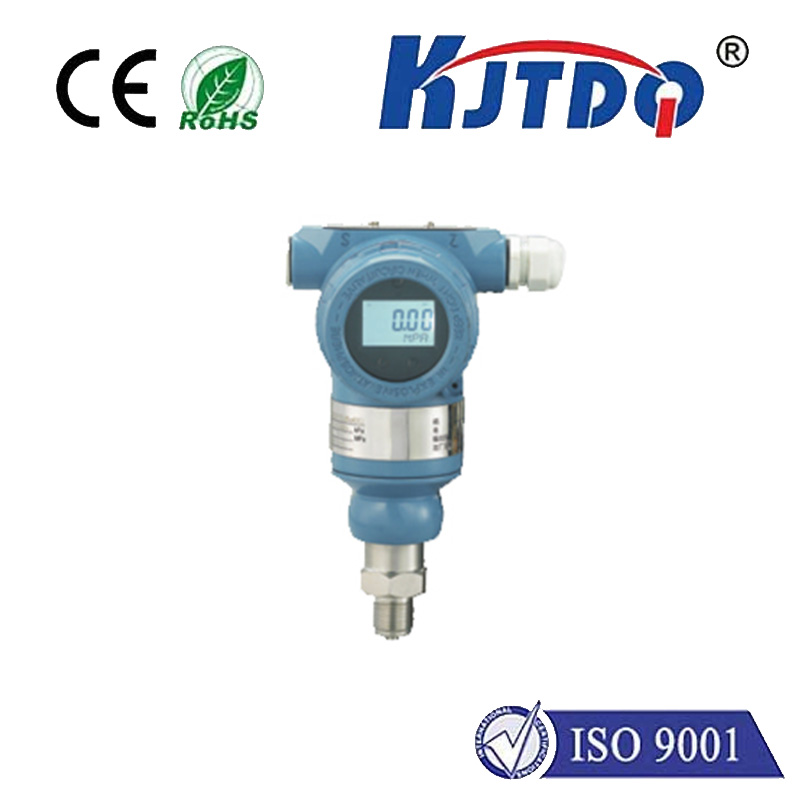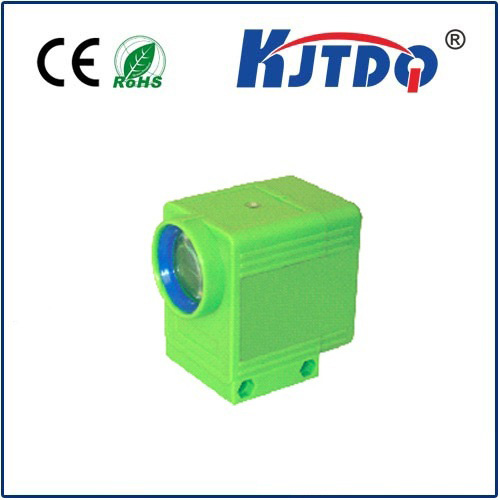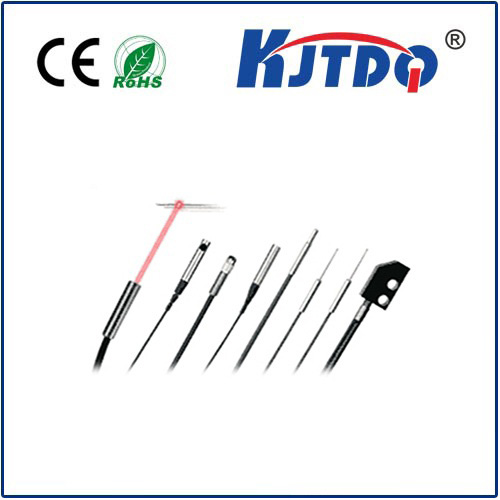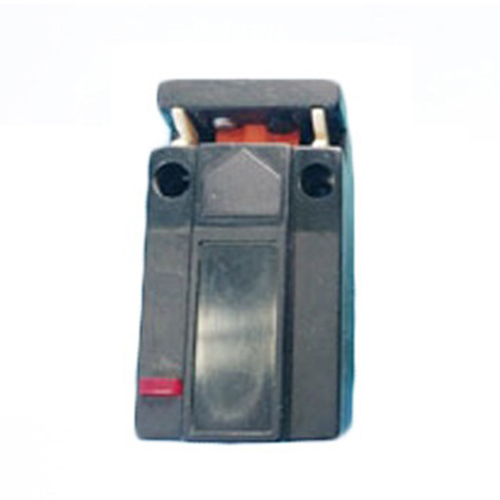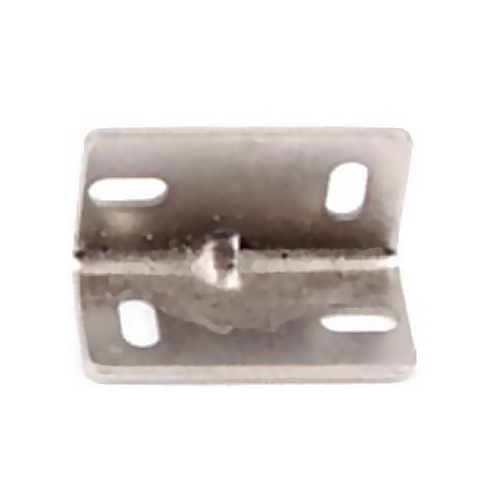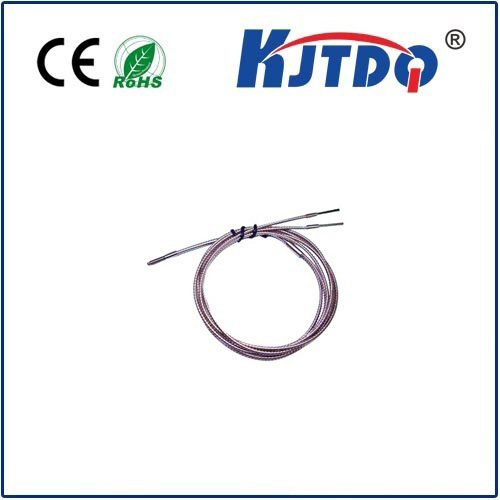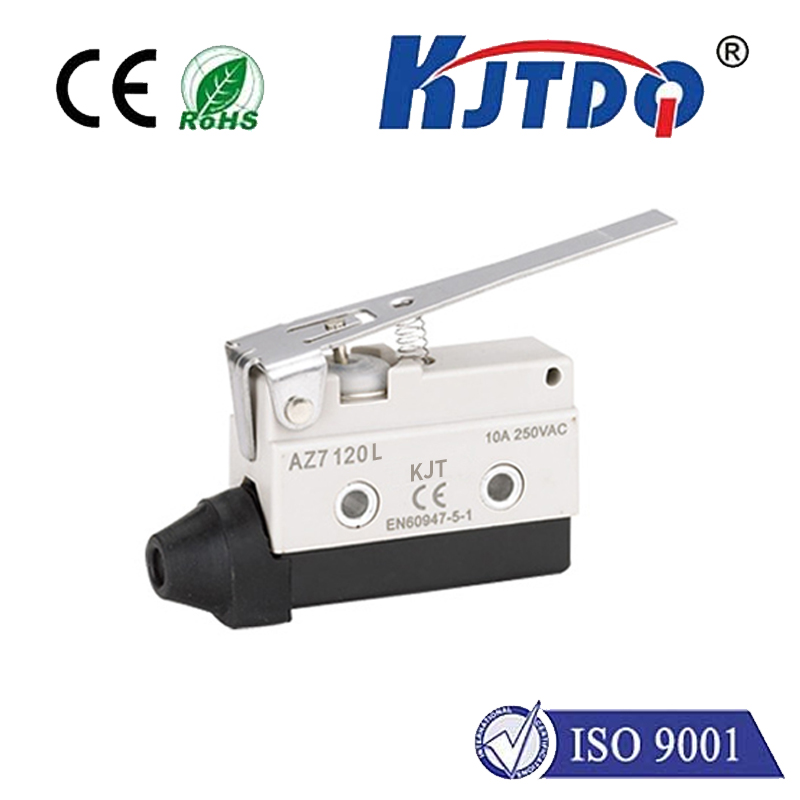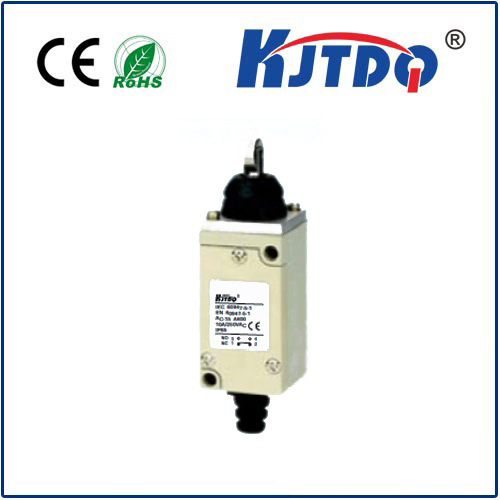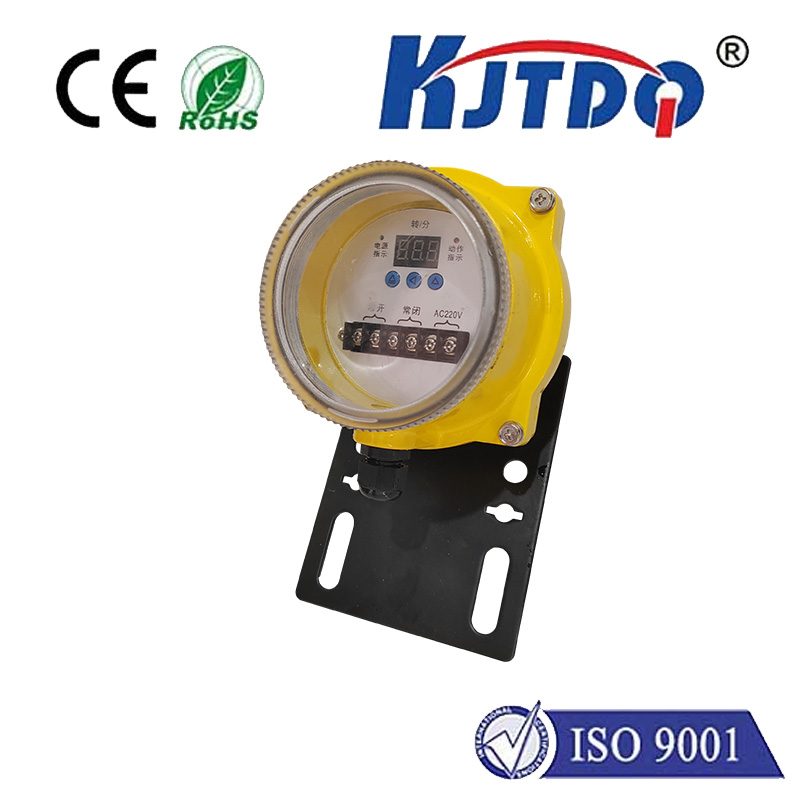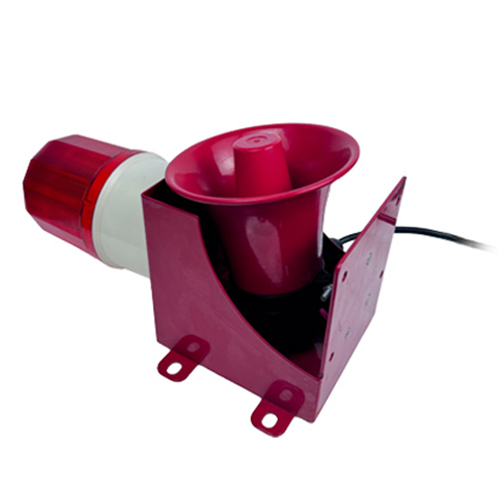

check

check

check

check
Imagine a world where machinery anticipates movement, robots navigate flawlessly, and production lines hum with intelligent efficiency. This isn’t science fiction; it’s the reality powered by the invisible workhorses of automation – proximity sensors. Among these, the BES0548 Inductive Proximity Sensor stands out as a reliable and crucial component for countless industrial applications. Understanding its capabilities is key to optimizing processes, enhancing safety, and reducing downtime.
At its core, a proximity sensor is a device designed to detect the presence or absence of an object without any physical contact. It achieves this by emitting an electromagnetic field or beam and monitoring changes triggered by a target entering its detection zone. Inductive proximity sensors, specifically, excel at detecting metallic objects. They generate an oscillating electromagnetic field from a coil housed within their sensing face. When a conductive metal target enters this field, it induces tiny, detectable eddy currents on the target’s surface. The sensor’s circuitry is finely tuned to pick up the resulting change in the oscillation’s amplitude or frequency, triggering an output signal. This contactless detection principle is fundamental to their robustness and long service life.
The BES0548 Proximity Sensor embodies these inductive principles in a practical, widely used form factor. Designed to meet the demanding environments of industrial automation, it typically features a robust housing, often nickel-plated brass or stainless steel, offering excellent resistance to vibration, impacts, and harsh substances. A standard sensing range for such models is usually 4mm, meaning it can reliably detect ferrous metals like iron and steel within that distance. This makes it ideal for tasks like position verification, end-of-travel detection, counting metal parts on a conveyor, or confirming the presence of a machine component. Its robust nature translates directly to reduced maintenance costs.
Key Features Defining the BES0548 Sensor’s Utility:

Installation and Application: Where the BES0548 Shines
Implementing the BES0548 is generally straightforward. Correct mounting ensures optimal performance:
The BES0548 Proximity Sensor’s versatility makes it indispensable across numerous sectors:
Advantages Over Alternatives
While other sensor types exist (capacitive for non-metals, photoelectric for light/dark detection, ultrasonic for distance), the BES0548 inductive sensor offers distinct advantages for metallic target detection:
Sensitivity Comparison & Key Specifications:
| Feature | Typical Capability |
|---|---|
| Sensing Range | 4mm (for ferrous steel) |
| Output Type | NPN or PNP Transistor (3-wire DC) |
| Housing Material | Nickel-plated Brass / Stainless Steel |
| IP Rating | IP67 (Dust tight & protected against water immersion) |
| Switching Frequency | Hundreds of Hz range |
| Voltage Range | Typically 10-30V DC |
| Operating Temp. | Often -25°C to +70°C |
| Induction Principle | Shielded design focuses field forward |
Integrating the BES0548 into Modern Systems
The BES0548 Proximity Sensor is engineered for seamless connection to Programmable Logic Controllers (PLCs), the brains of modern automation. Its transistor output acts as a simple digital switch, signaling the PLC with a high or low voltage state when a target is detected or absent. This enables complex logic – stopping a conveyor when a part is in position, triggering a robot sequence, or preventing machine operation until safety doors are confirmed closed via sensor feedback. The robustness of the BES0548 ensures these critical signals remain reliable over long periods, minimizing false alarms and costly production stoppages.
The BES0548 Proximity Sensor is far more than just a component; it’s a fundamental enabler of modern, efficient, and safe industrial operations. Its ability to reliably detect metallic objects without contact, coupled with its robust construction, standardized form factor, and straightforward integration, makes it a cornerstone technology. Whether ensuring precise positioning on a high-speed bottling line, safeguarding operators with reliable interlocks, or enabling complex robotic movements, the dependable performance of sensors like the BES0548 continues to drive innovation and productivity across the global manufacturing landscape.
